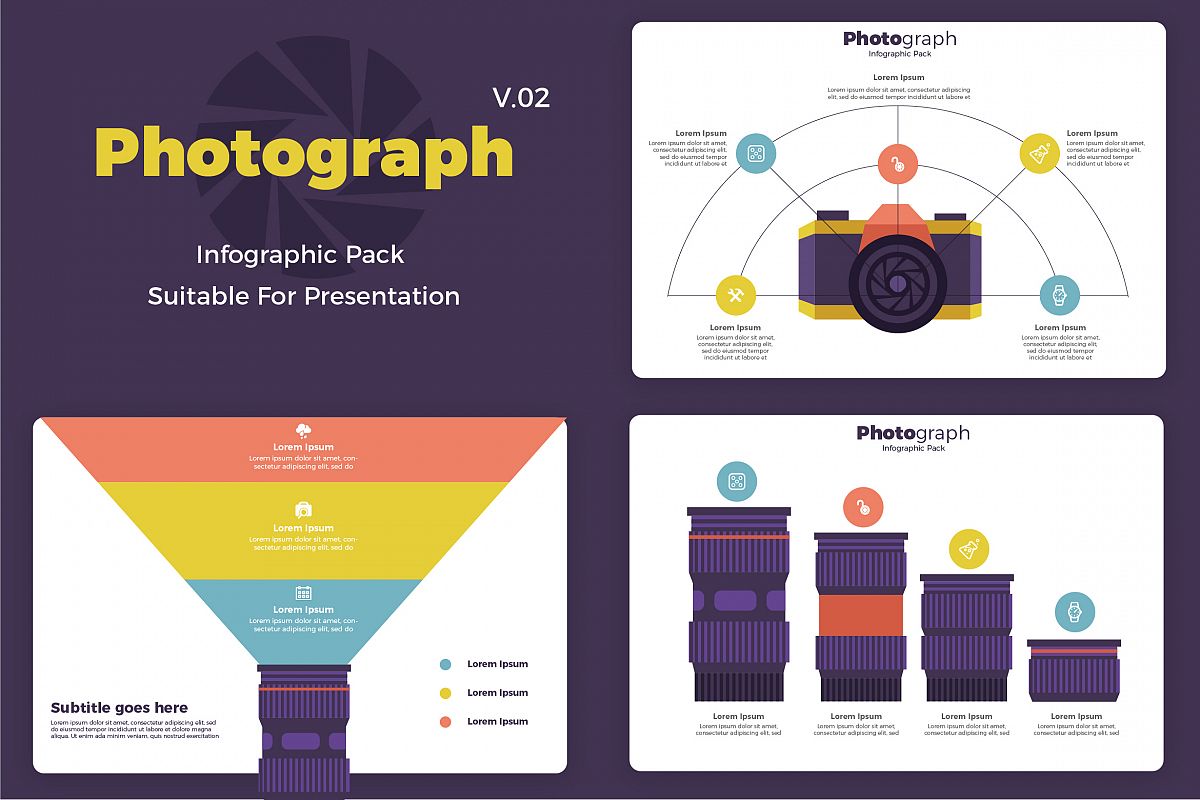Join Us To Discover Vital Digital Photography Ideas That Will Certainly Open Your Camera'S Possibility-- Prepare To Record Sensational Pictures In No Time At All!
Join Us To Discover Vital Digital Photography Ideas That Will Certainly Open Your Camera'S Possibility-- Prepare To Record Sensational Pictures In No Time At All!
Blog Article
Authored By-Lundgreen Elmore
When you first pick up your camera, it can feel overwhelming with all the settings and choices available. You might find yourself questioning just how to navigate aperture, shutter rate, and ISO successfully. Mastering these principles is crucial, yet there's more to photography than just technical knowledge. Comprehending make-up techniques and lights conditions can raise your photos considerably. So, suppose you could find out straightforward techniques to boost your abilities and begin recording remarkable images quicker than you think? Let's explore how to change your photography trip.
Recognizing Electronic Camera Setups
Understanding your electronic camera setups is important for recording spectacular photos. When you get your camera, familiarize yourself with the three primary setups: aperture, shutter rate, and ISO. Each plays an important function in just how your photos turn out.
Beginning with aperture, which regulates the amount of light getting in the lens. Studio Photo (lower f-number) allows more light and creates a stunning history blur, excellent for pictures. On the other hand, a narrower aperture (greater f-number) maintains more of the scene in emphasis, ideal for landscapes.
Next, concentrate on shutter speed. This setting determines for how long your camera's sensor is revealed to light. A rapid shutter speed ices up activity, which is wonderful for action shots, while a slow-moving shutter speed can produce sensational impacts like smooth water in landscapes.
Lastly, adjust your ISO. This setup influences your video camera's level of sensitivity to light. A greater ISO works in low-light scenarios however can present noise or grain. Go for the lowest ISO possible while still attaining appropriate exposure.
Make-up Methods
When you're out capturing, structure can make all the distinction in just how your pictures resonate with viewers. Begin by using the policy of thirds; visualize your frame split into nine equivalent sections with two straight and two upright lines. Position key elements along these lines or at their junctions to develop balance and interest.
Next off, consider leading lines. These all-natural lines in your scene, like roadways or rivers, draw the customer's eye right into the photograph, assisting them via the tale you're informing.
Don't forget framing; use components within your scene, like trees or home windows, to produce a frame around your subject, including deepness and emphasis.
Likewise, keep an eye on your history. A chaotic background can sidetrack from your primary subject, while a simple one aids it attract attention.
Lastly, trying out symmetry and patterns; they can produce a striking photo that catches attention.
Learning Lights Issues
Grasping lights problems is critical for recording stunning photographs, as the ideal light can change an average scene into something remarkable.
Beginning by observing all-natural light at different times of the day. Early mornings and late afternoons use the most effective light, known as the gold hour. The soft, cozy tones throughout these times can boost your pictures magnificently.
Don't avoid overcast days either; diffused light can minimize extreme shadows and produce a pleasing result, particularly for pictures.
https://www.abc.net.au/news/2020-03-23/photography-tips-to-get-creative-with-light/12063680 by placing your topic against the light. This technique can develop a fanciful halo result and add depth to your pictures.
Focus on your cam settings also. Adjust the ISO, aperture, and shutter speed to suit the lighting conditions. A higher ISO can assist in low light, however be cautious of grain.
Utilize a tripod in darker environments to avoid blur.
Last but not least, do not neglect synthetic lighting. Flash and continuous lights can be excellent devices for regulating light in tough problems.
Verdict
Finally, understanding your cam doesn't have to be frustrating. By recognizing your settings, applying composition methods, and using the power of all-natural light, you'll promptly elevate your photography skills. Remember, practice makes perfect, so go out there and try out your newfound understanding. With time and devotion, you'll be catching stunning photos that reflect your one-of-a-kind perspective. Appreciate the trip, and don't forget to enjoy while you're at it!
